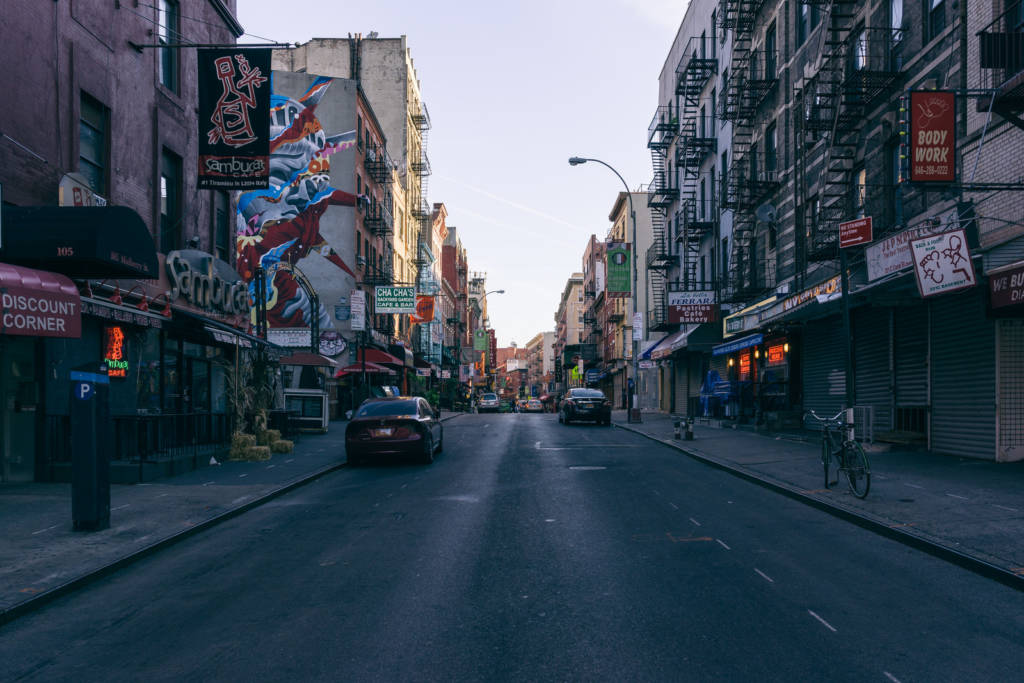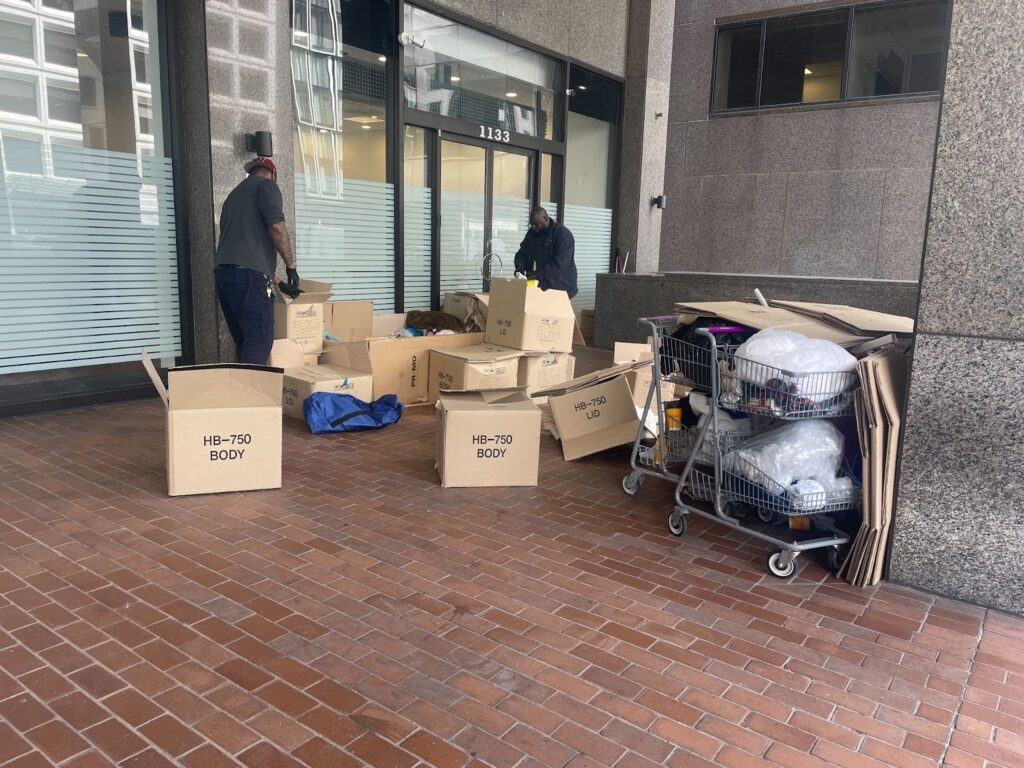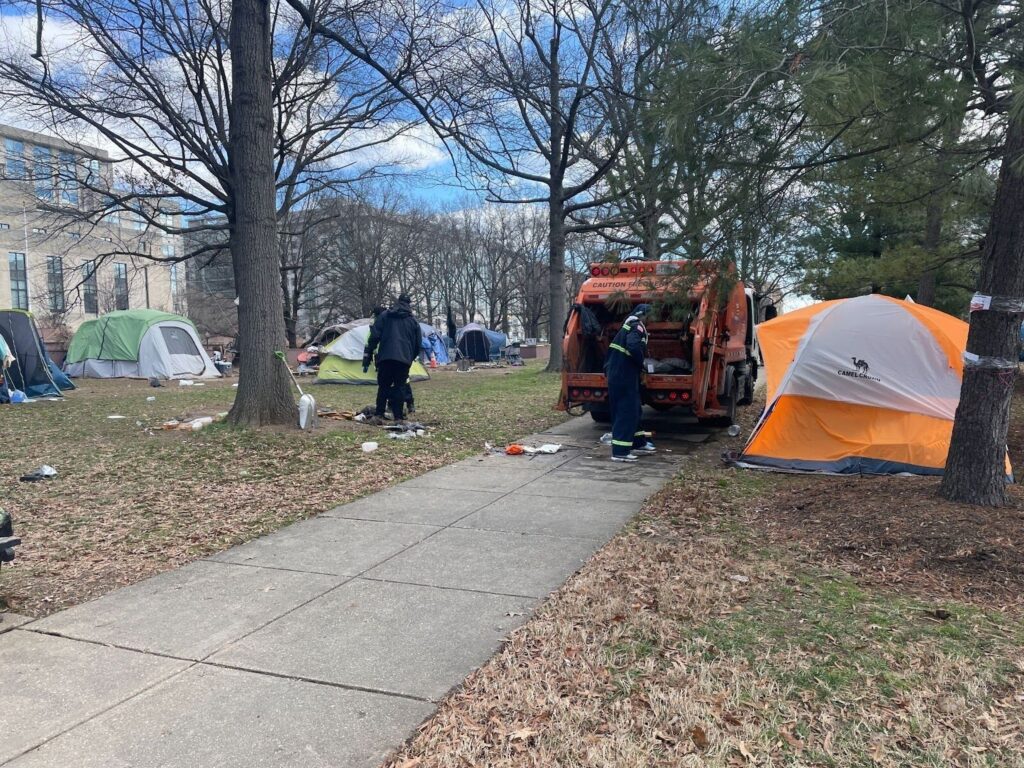D.C. Mayor Muriel Bowser made news in January, announcing $50,000 in grant-funding to support adding more beds and supports to community-based providers serving lesbian, gay, bisexual, transgender and queer/questioning youth experiencing homelessness. The funding came after an increase last September of $1.3 million in city funding, bringing the total annual budget for homeless youth programs to more than $5 million.
Almost half of all youth in the District who at any given time are experiencing homelessness identify as LGBTQ. This year marks the first time that we have such an educated estimate of LGBTQ youth who are homeless, and the importance of this cannot be overstated. We need only look back a few years to a time when these youth were a doubly invisible population – first because they were homeless, and second because they were LGBTQ.
Young people who are housing insecure are mostly couch-surfing from place to place, and not being seen as a visible street population meant there was little public awareness or political urgency to be found for taking critical and timely action, as recently as 2013, even though the handful of shelters serving youth were reporting double-digit waitlists. In 2011, the D.C. Alliance of Youth Advocates and several community-based providers surveyed homeless youth over a two-week period in so-called hub sites throughout the city. But without strong legislative support and public funding, the census was relatively limited, and drastically undercounted youth who identified as LGBTQ.
Despite its limitations, the survey was the most thorough effort up at that time to bring the issue to light, and turned out to be a major step in the right direction. It led to more people taking notice over the next several years, and in May 2014, the D.C. City Council passed the End Youth Homelessness Amendment Act. The Act required a new youth drop-in center and a street outreach program, a new intake system to ensure that there is no wrong door for youth seeking support, more beds for youth in crisis and a publicly-funded Homeless Youth Census to be completed annually. In another important step, legislation passed earlier that year required that any count of homeless youth in the District must include an accurate census of LGBTQ youth.
Now that we know that some 43 percent of youth ages 18 to 24 who are homeless in D.C. identify as LGBTQ, what is to be done with that knowledge? The National Coalition for the Homeless identifies the causes of youth homelessness in three categories: family conditions, economic problems and residential instability (particularly for youth in and out of foster care). Clearly, these factors contribute to the experience of homelessness for LGBTQ youth as much as they do for any young person, and much has been made known about homelessness resulting from family rejection specifically due to a youth’s sexual orientation or gender identity.
But it’s important to know too that economic conditions and residential instability affect LGBTQ youth in more and different ways than they do their straight and cisgender counterparts. For example, they are subject to overt discrimination when seeking alternative housing, and federal law offers no protections. And particularly in the case of transgender individuals, discrimination
applies not just to seeking housing but also to finding overnight shelter. Employment discrimination offers similar barriers – it’s not simply a matter of unemployment; it’s a matter of not being welcome in much of the workforce (and here again, with no federal protections).
Equipped with our newfound knowledge of the homeless youth population and with the inclusive values held by many in our city, D.C. has an opportunity to lead by opposing national trends and doing much better for LGBTQ youth who are experiencing homelessness. This year as the mayor, members of council and officials with the Interagency Council on Homelessness draft and adopt a comprehensive strategy for ending youth homelessness by 2020, it is vitally important that the strategy integrates both an informed narrative about the causes of homelessness specific to LGBTQ youth in the District and action steps that are precisely intended for them, too: promoting family acceptance and reunification, broadening employment opportunities and adding housing and shelter options where non-discrimination is mandated and safety is ensured.
Such action would dynamize our already steady momentum. Investing in a few more crisis beds is always a start. But particularly for LGBTQ youth, it is by no stretch any means to the end.








